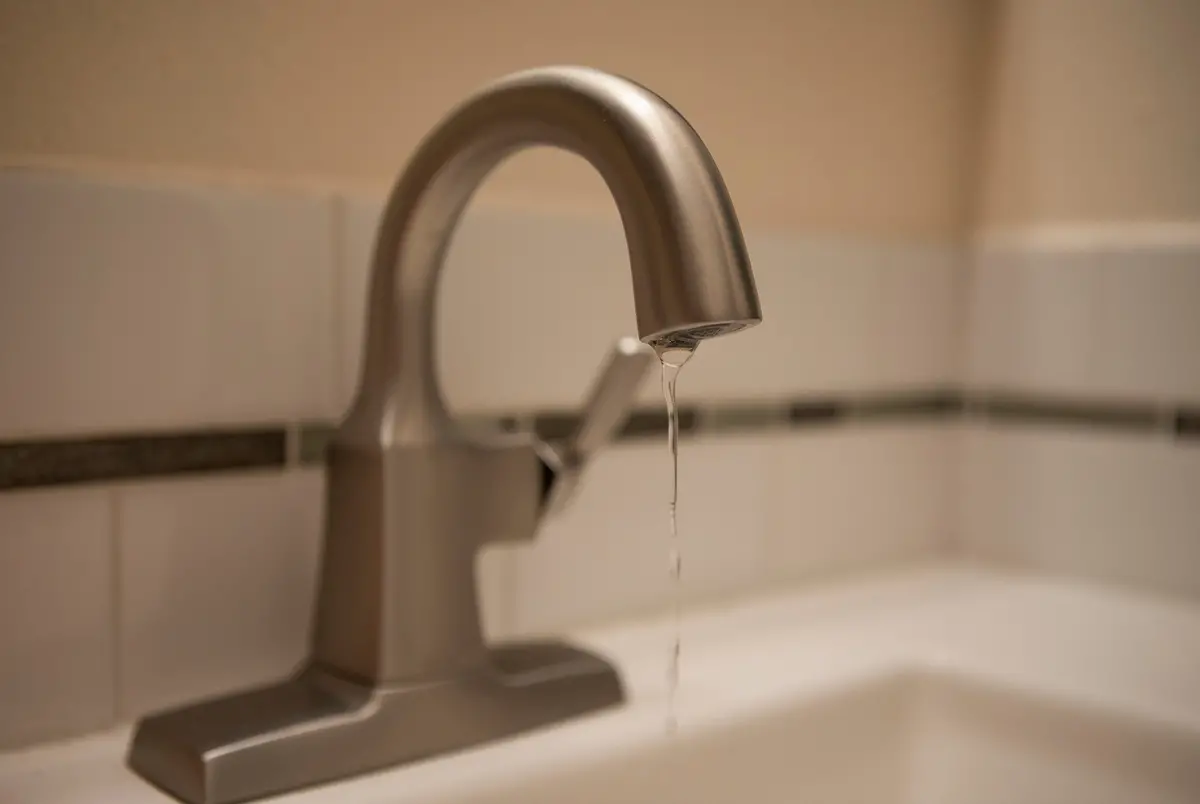Infra
$5 billion in the red, Houston seeks state dollars for water infrastructure needs | Houston Public Media

Miguel Gutierrez Jr./The Texas Tribune
More than $5 billion in the hole, Houston Public Works is seeking state dollars to fund the city’s costly infrastructure needs.
The City of Houston has lost nearly 32 billion gallons of water from leaky pipes in the past decade. On top of rate increases associated with a $2 billion sewer consent decree, city officials are requesting funding from the state before asking its 5.3 million customers to foot the bill.
A legal agreement approved by a federal judge in 2021 requires the city to invest $2 billion in its aging wastewater system by 2036. But the city has incurred an additional $5 billion bill on top of that for additional water infrastructure needs.
“We just completed a rate study about five years ago and we have a consent decree that we are executing right now, and so our most recent rate doubled to support that consent decree,” Greg Eyerly, the director of Houston Water told a senate committee Tuesday.
But the city has additional water needs that were not rolled into that rate increase. Those charges will have a “significant impact” without other sources of funding, he said.
The city serves residents across seven counties in the area. The public works department has more than 7,600 miles of pipeline across 2,400 square miles of land.
The East Water Purification Plant serves nearly two million, or 70% of water customers alone.
Senator Charles Perry, the chairman of the state Senate Committee on Water, Agriculture and Rural Affairs, said there is some concern about how the city’s water supply and infrastructure will meet the demands of the metropolitan’s growing population.
Land subsidence caused by frequent groundwater withdrawal is prevalent in the Houston and Galveston regions, according to the United States Geological Survey.
Everly asserted the city doesn’t have any specific concerns about the city’s supply of water, but another surface water plant may be built in north Houston to support development and avoid the need to source water from the ground.
“With respect to supply, the Houston region is in pretty good shape with surface water,” he said. “We have good supply from multiple sources for surface water.”
Perry referred to dozens of water supply projects included in the state’s first flood plan during the meeting— which was recently adopted by the Texas Water Development Board. Though Houston would be considered an epicenter of the flood plan, Perry said he finds it “hard to believe.”
The nearly 300-page flood plan draft outlines projects to protect the millions of Texans who are living in flood-prone areas. The $56 billion plan will need the approval of the Texas Legislature before moving forward.
RELATED: Hope for costly Ike Dike funding restored with adoption of $56 billion statewide flood plan
“I just believe there is more supply opportunity through flood prevention than what we are really looking at and as we go about giving out funds and incentives and things and I will revisit the flood plans, prioritization will go towards the projects that can show dual purpose,” he said.
“We need flood prevention and we need water supply, and those should work in conjunction with each other,” he said.









